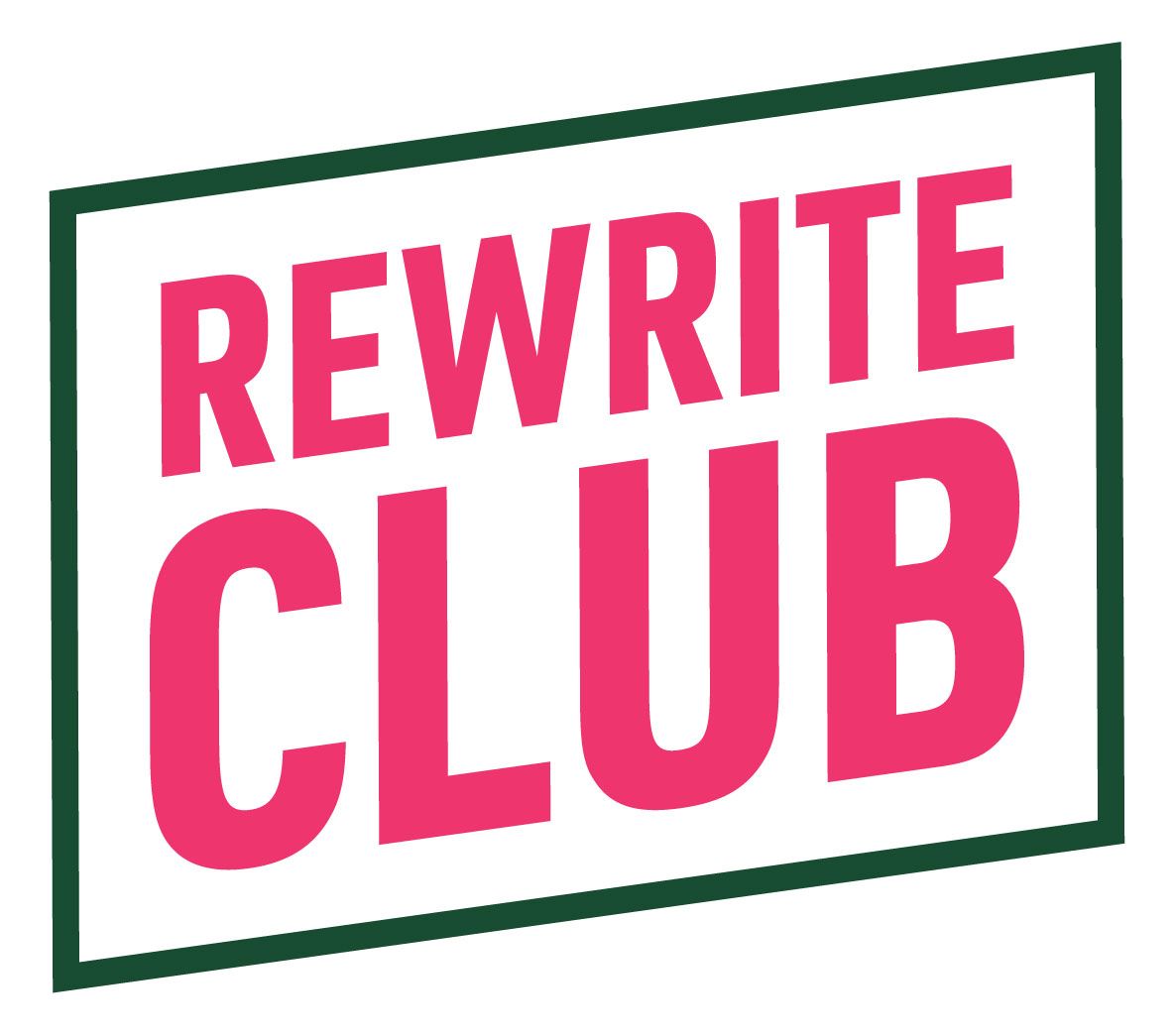Understanding the Differences: Proofreading, Copy Editing, and Line Editing
How To Choose The Editing Service That's The Best Fit & get 500 words edited for free

Have you ever submitted a piece of writing only to receive feedback that left you wondering about the different layers of editing? In the world of publishing, content creation, and even academic writing, understanding the distinction between proofreading, copy editing, and line editing is crucial.
Each of these processes addresses unique aspects of writing and can drastically alter the quality of the final piece. This blog post will clarify what each editing type entails, why they matter, and how you can determine which stage your work needs. By the end, you'll have a clearer understanding of these editing techniques and their importance in producing polished content that resonates with readers.
The Basics of Editing
Editing is an essential process for every writer, regardless of their experience level. It ensures that your message is clear, engaging, and professional. Among the various types of editing, three stand out for their specific purposes:
- Proofreading: This is the final step in editing, focusing on catching typos, grammatical mistakes, and formatting errors.
- Copy Editing: This process involves revising the text to improve its flow, style, and clarity while ensuring consistency.
- Line Editing: This type of editing goes deeper into the prose, focusing on the nuances of the writing, including tone, voice, and emotional impact.
Understanding Proofreading
Proofreading is the last line of defense against errors. It is all about clarity and precision. Here’s what effective proofreading includes:
- Checking for Typos: The most straightforward proofreading task is scanning for spelling mistakes, punctuation errors, and formatting inconsistencies.
- Ensuring Correct Grammar: A good proofreader will also check for improper grammar usage, ensuring subject-verb agreement, correct tense usage, and proper pronoun references.
- Reviewing Consistency: Is your formatting consistent throughout the document? Does your style guide match? Proofreaders ensure that fonts, headers, and citation styles do not vary unexpectedly.
Steps for Effective Proofreading:
- Take a Break: Step away from your writing for a while before proofreading. This way, you return with fresh eyes.
- Read Aloud: By reading your work out loud, you can catch errors that you might miss while reading silently.
- Focus on One Type of Error at a Time: For instance, read through your piece to only check for grammar errors, then do another read to look for typos.
Copy Editing Explained
While proofreading concerns surface errors, copy editing dives into the content, ensuring it is well-structured, consistent, and engaging. Here’s what copy editing involves:
- Clarity and Conciseness: A copy editor will identify areas where the language can be refined or sentences can be simplified. Long-winded sentences often confuse readers.
- Structural Issues: Copy editors often check the flow of ideas, ensuring that paragraphs are logically organized and that transitions are smooth.
- Voice and Style: The editor will ensure the writing aligns with the desired tone and style. Does the writing reflect a professional standard, or is it suited for a casual blog? This consistency is critical in maintaining reader engagement.
Key Tips for Effective Copy Editing:
- Look for Overused Words: Often, writers have go-to words that should be replaced with synonyms.
- Ensure Consistency in Style and Tone: Use the same voice throughout to maintain reader interest and provide a cohesive experience.
- Watch for Unnecessary Jargon: Copious jargon can alienate readers. Replace complex terms with simpler language whenever possible.
Diving Deeper into Line Editing
Line editing is where the art of writing meets the science of editing. It concerns itself not just with correctness but also with style, tone, and narrative flow:
- Ensuring Emotional Engagement: A line editor looks at the emotional weight of the words. Are the choices impacting the readers as intended? An emotional connection can keep readers invested.
- Pacing: It evaluates whether the writing flows at a proper pace for the content being covered. Pacing is critical for storytelling.
- Character and Style Development: This applies particularly to creative writing. Does the character's voice sound authentic? Every character should have a distinct voice that reflects their personality.
Tips for Optimal Line Editing:
- Focus on Sentence Variety: Vary sentence structure and length to ensure that the rhythm of the writing flows. This keeps readers engaged.
- Look for Tension Points: Identify and amplify critical moments creating tension. A line editor should ensure these points pop.
- Dialogue Editing: Dialogue should sound natural. A keen ear can spot where characters might sound too formal or unnatural.
When to Use Each Type of Editing
Understanding when to use proofreading, copy editing, or line editing is crucial:
- Proofreading: This should occur at the end of the writing process, after the content has been fully developed and polished.
- Copy Editing: This type of editing is essential during the final writing drafts, after you have established the content structure. It is often a step before proofreading to polish the draft.
- Line Editing: This should be applied closer to the drafting process. As a writer develops content, line editing can elevate the text and strengthen the writing style.
Why Choose One Over the Other?
Knowing which type of editing to choose can impact the overall quality of your writing. Here’s a rundown of when to choose what:
- If you're preparing a manuscript for submission, copy editing and line editing should be prioritized to ensure content integrity and interest.
- For a blog post or article, both copy editing for clarity and proofreading for errors should be the final steps before you publish.
- If you have a polished essay or report, thoroughly proofread it before submission to catch any lingering mistakes.
Conclusion: Making the Right Choice
By understanding the differences between proofreading, copy editing, and line editing, you can advance your writing from a rough draft to a refined piece. This knowledge will help you determine which editing process your work needs, whether it’s tightening sentences, correcting errors, or enhancing emotional depth. Remember, each type serves a purpose, and choosing the right one can dramatically affect the quality of your work.
Choose your service today, and we’ll give you 500 words free to experience the Rewrite Club difference!
The key to effective writing lies in the editing process—don’t rush through it, take your time to hone your skills, and always strive for clarity and excellence in your work!

